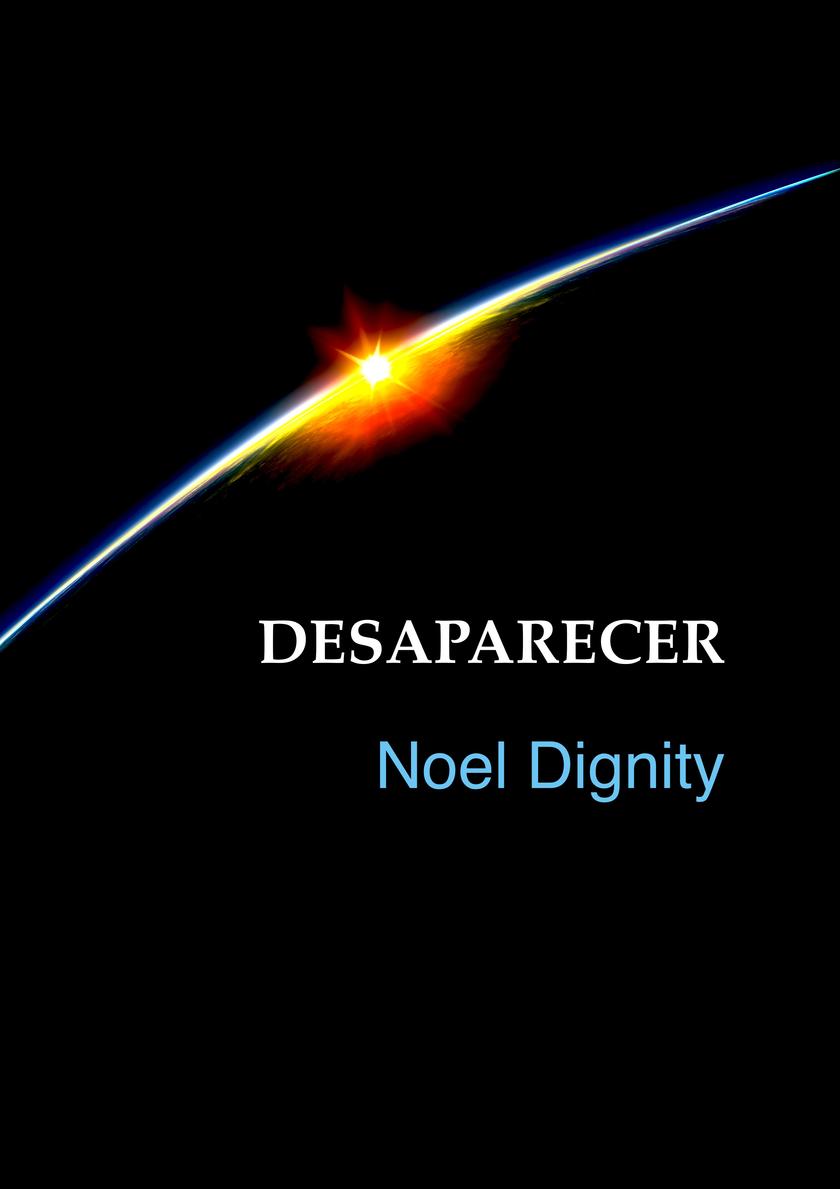
Desaparecer
¥0.01
Desaparecer
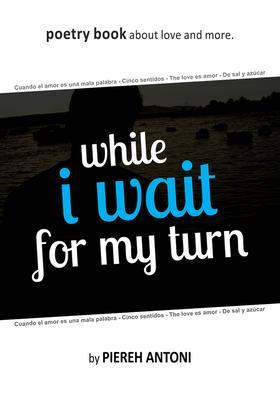
While I wait for my turn
¥7.72
While I wait for my turn
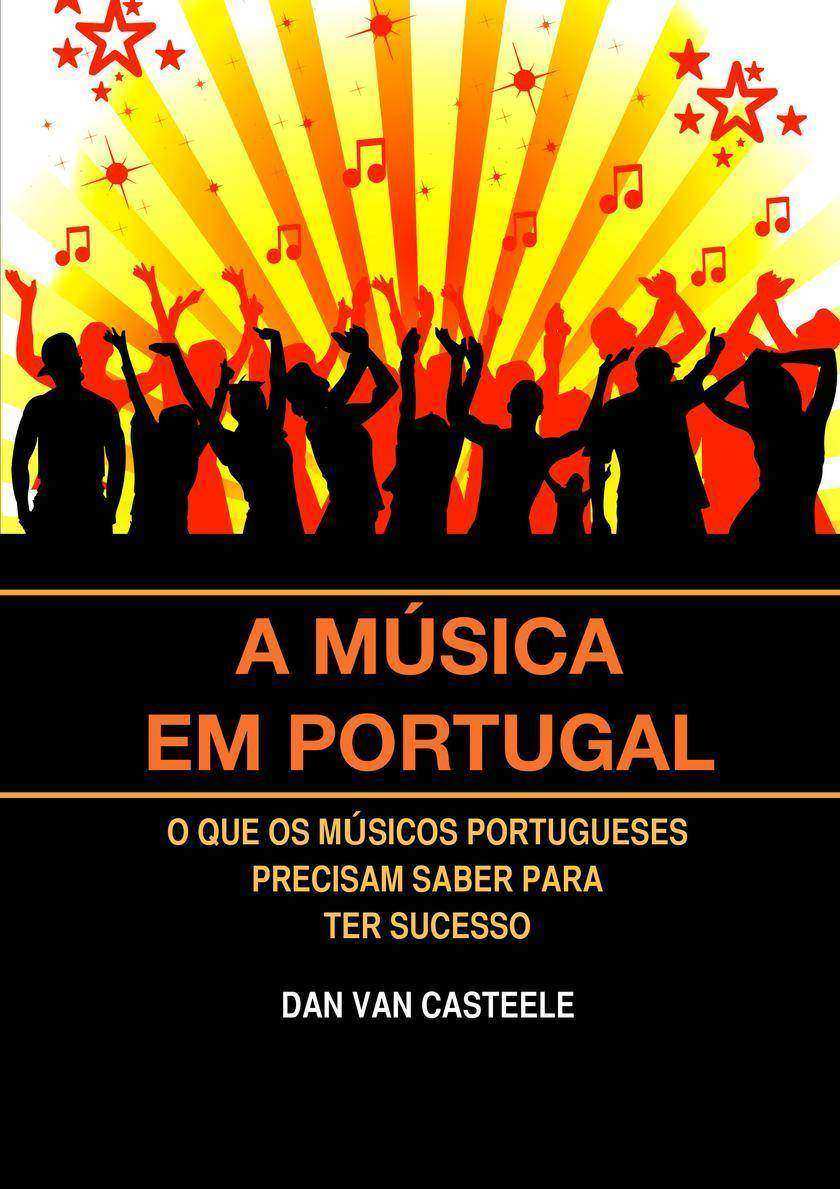
A Música em Portugal: O que os Músicos Portugueses Precisam Saber para ter Suces
¥24.44
A Música em Portugal: O que os Músicos Portugueses Precisam Saber para ter Sucesso
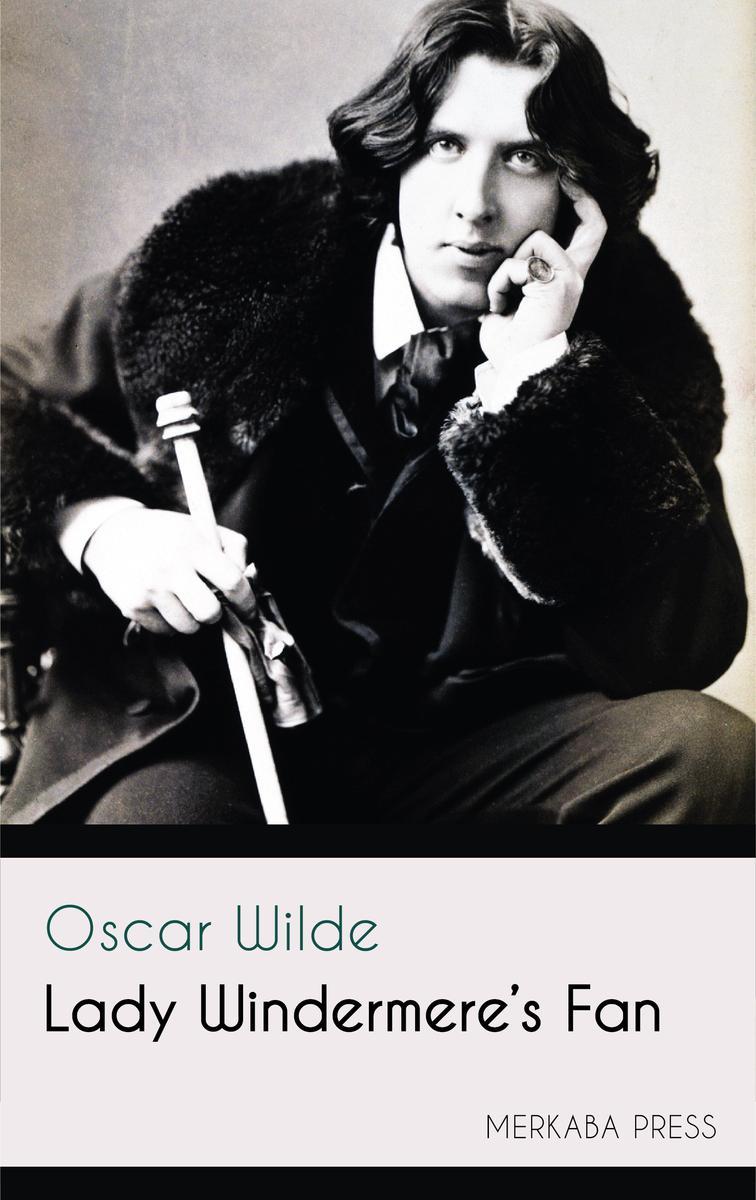
Lady Windermere's Fan
¥8.09
Lady Windermere's Fan

Amar a Vida: Os Poemas Mais Populares de Noel Dignity
¥24.44
Amar a Vida: Os Poemas Mais Populares de Noel Dignity

Pesme
¥33.27
Pesme
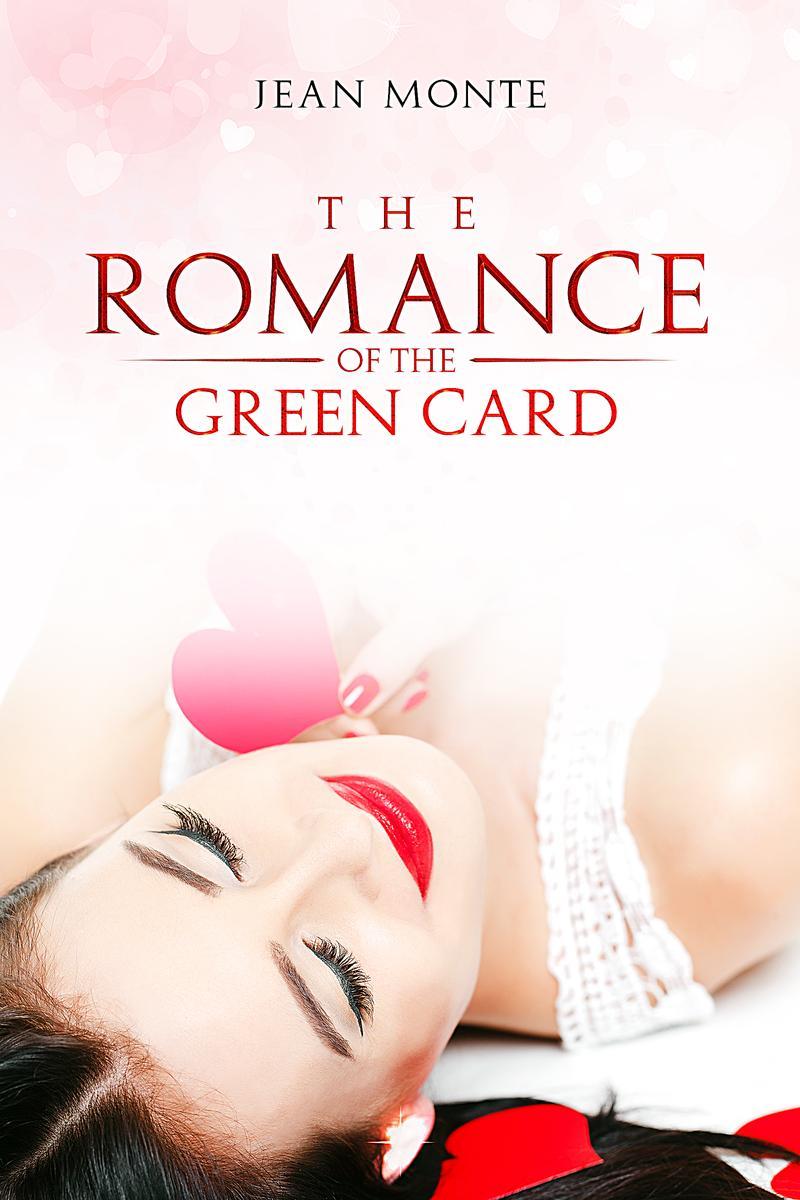
The Romance Of The Greed Card
¥12.18
The Romance Of The Greed Card
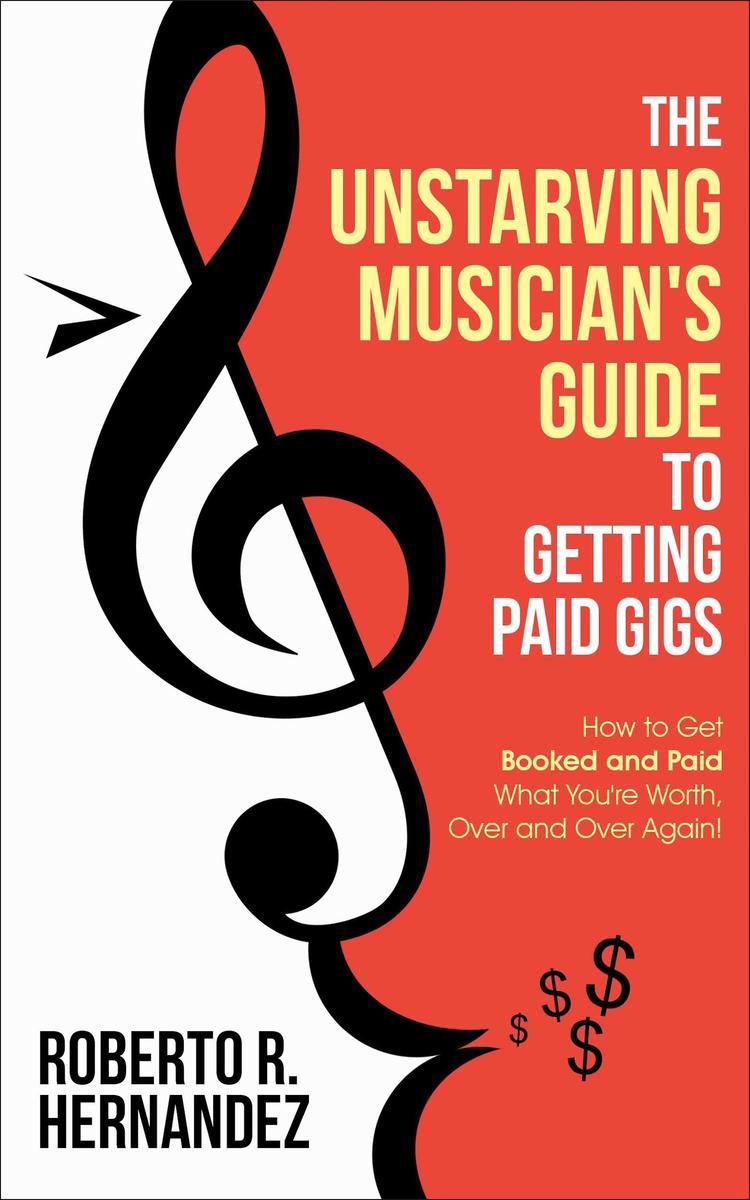
The Unstarving Musician's Guide to Getting Paid Gigs
¥81.67
The Unstarving Musician's Guide to Getting Paid Gigs
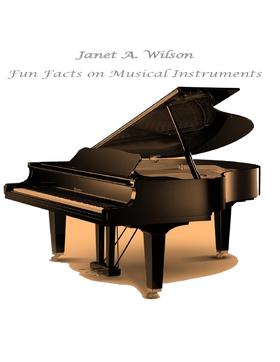
Fun Facts On Musical Instruments
¥85.65
Fun Facts On Musical Instruments
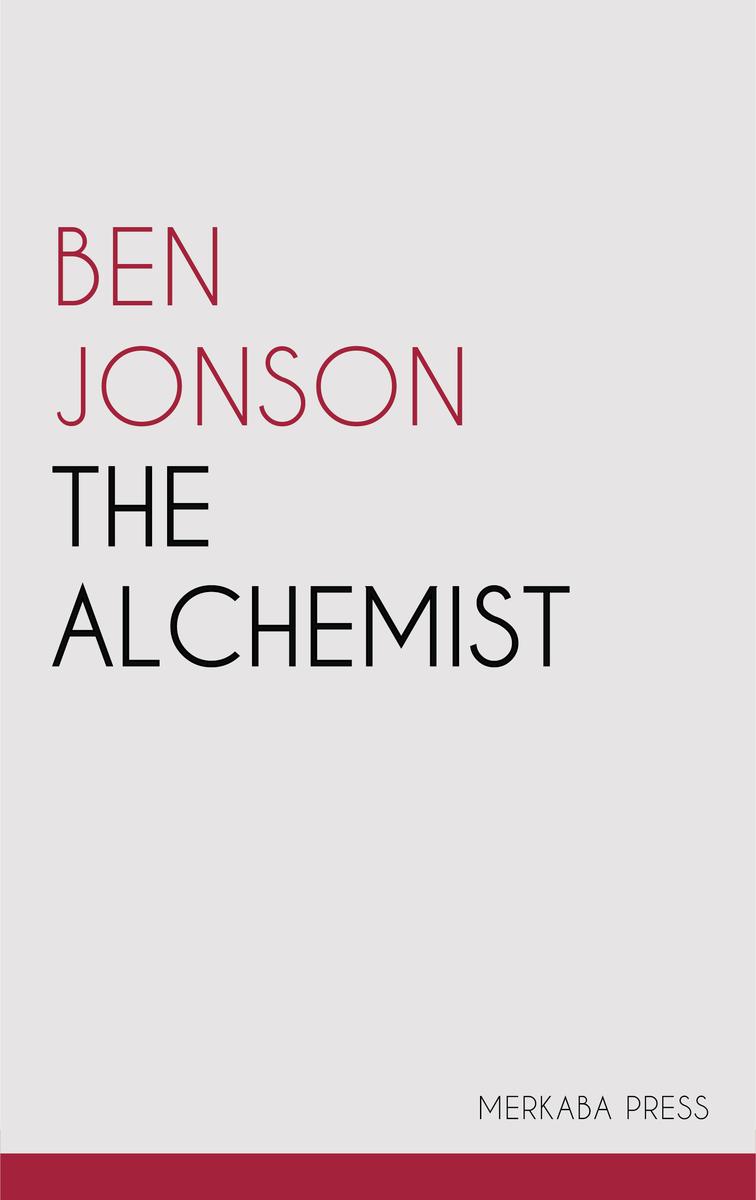
The Alchemist
¥8.09
The Alchemist
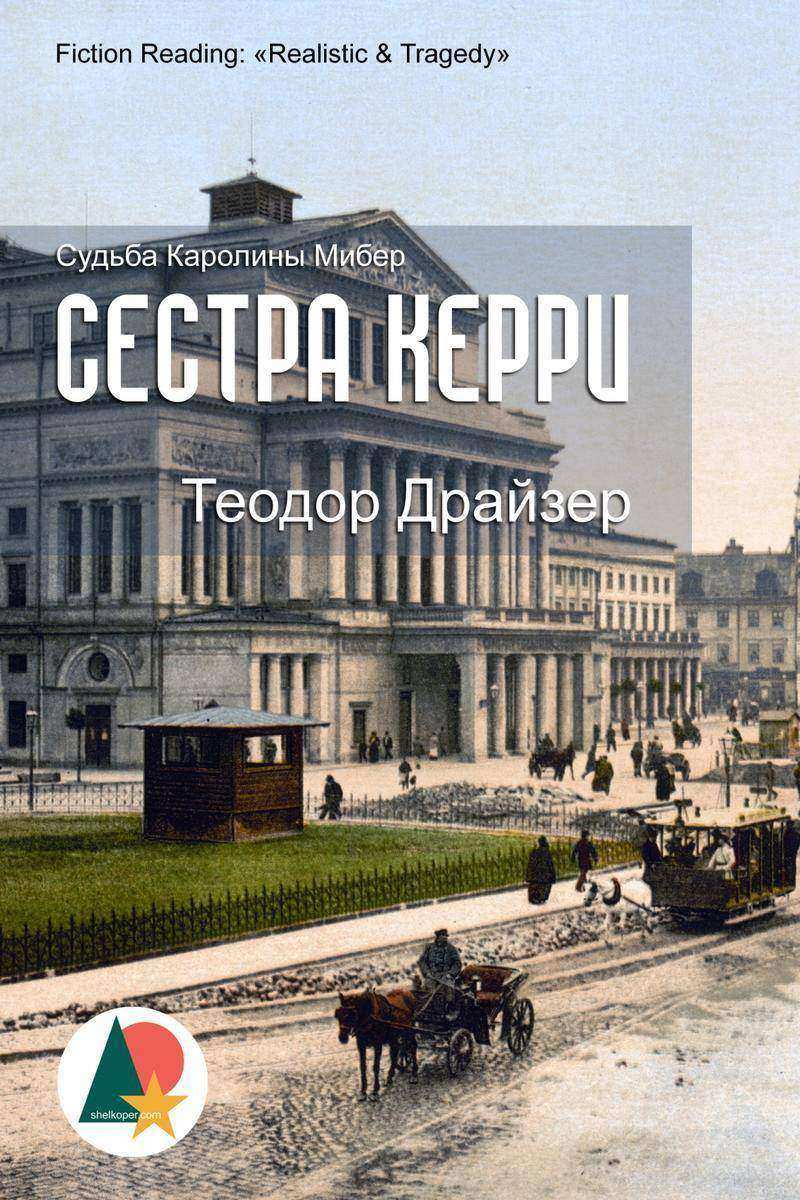
Сестра Керри: Судьба Каролины Мибер
¥28.61
Сестра Керри: Судьба Каролины Мибер
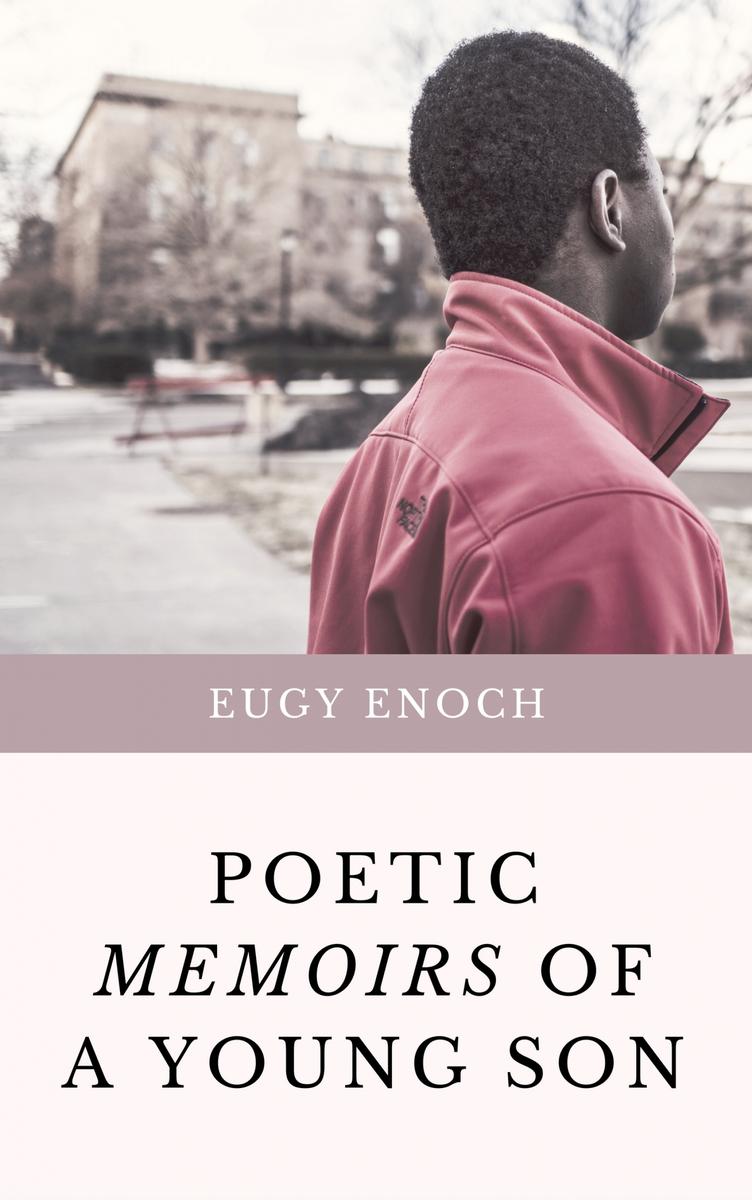
Poetic Memoirs Of A Young Son: A Collection of Poems
¥32.62
Poetic Memoirs Of A Young Son: A Collection of Poems
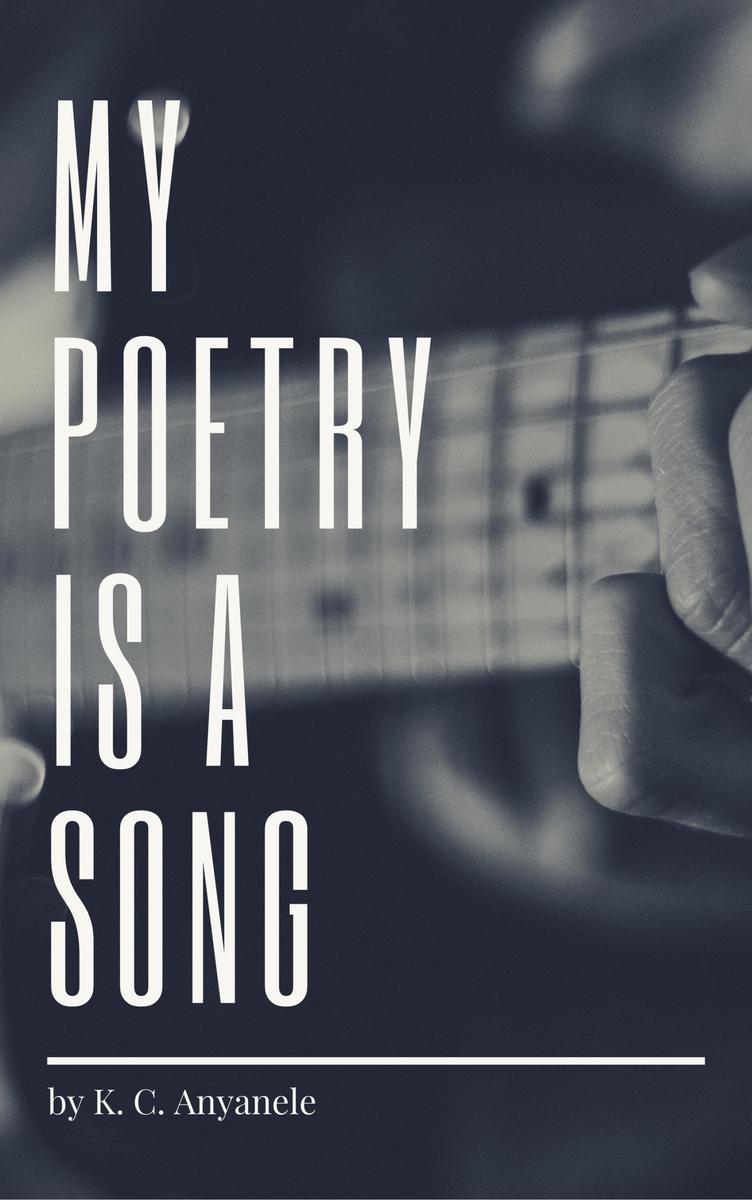
My Poetry Is A Song
¥32.62
My Poetry Is A Song
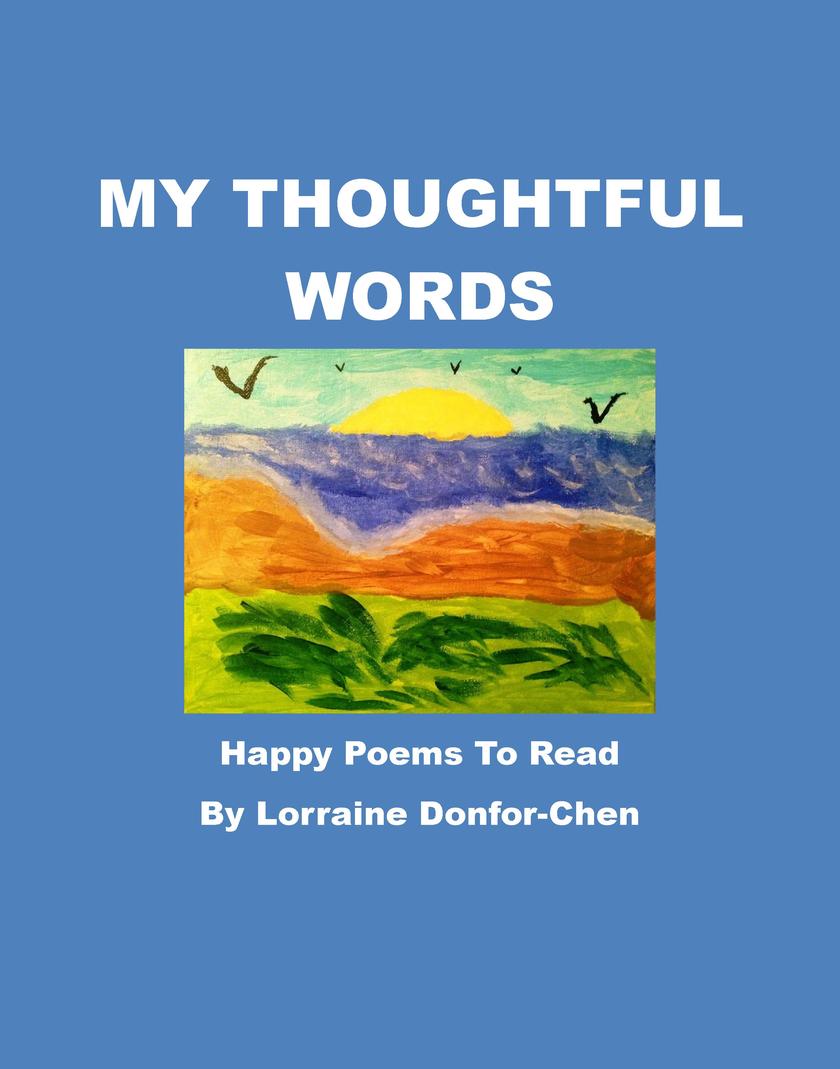
My Thoughtful Words
¥43.74
My Thoughtful Words
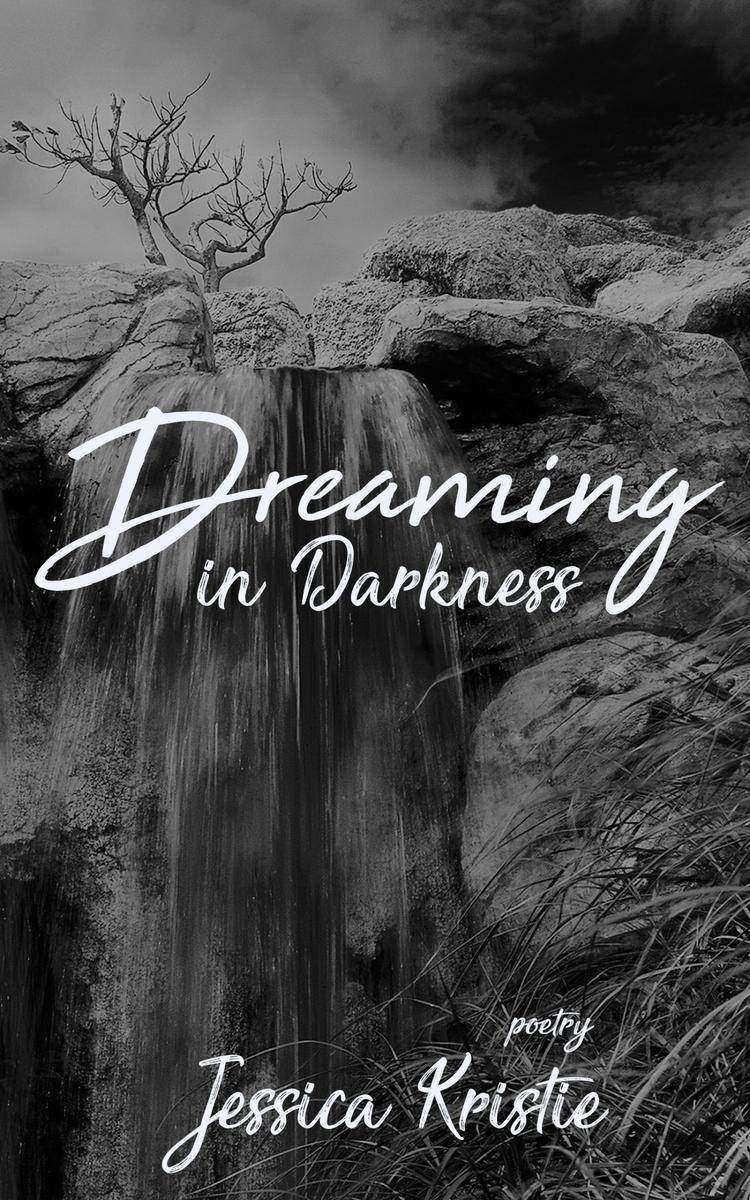
Dreaming in Darkness
¥24.44
Dreaming in Darkness

Sight-Reading Samurai: for all musicians: Treble Clef
¥48.97
Sight-Reading Samurai: for all musicians: Treble Clef
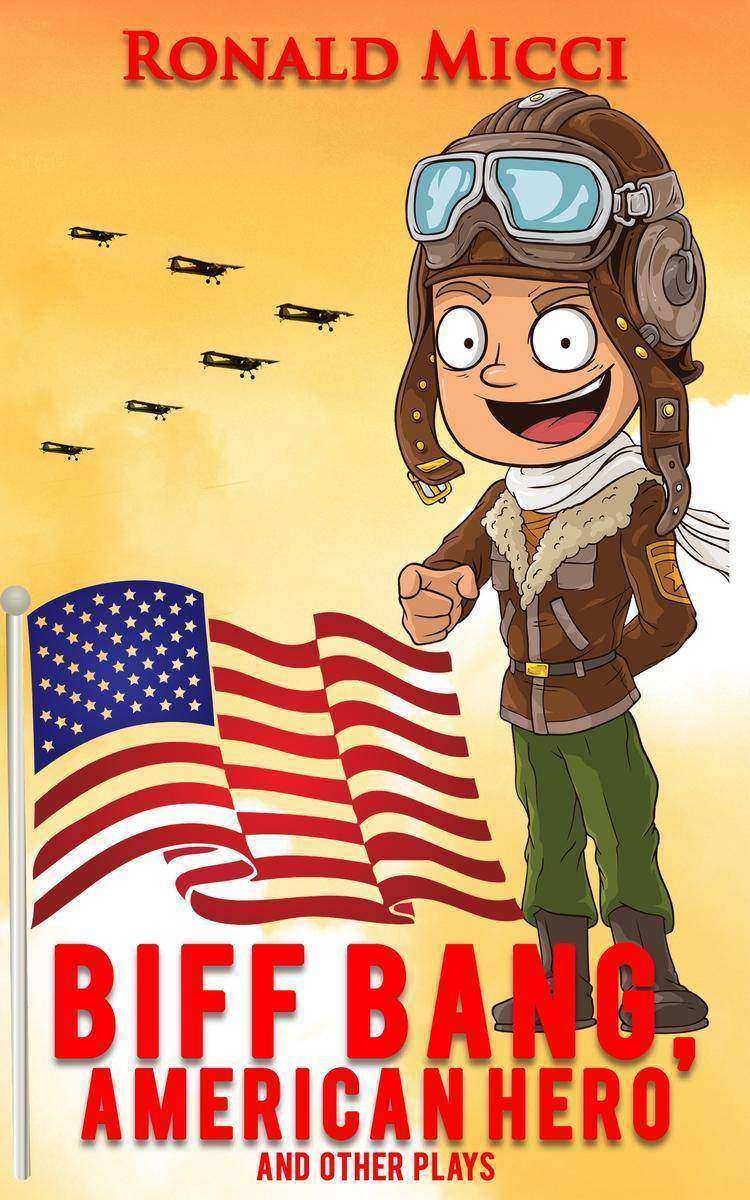
Biff Bang, American Hero: and Other Plays
¥65.99
Biff Bang, American Hero: and Other Plays
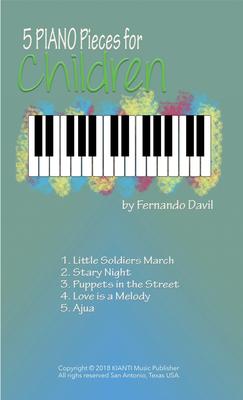
5 Piano Pieces for Children: by Fernando Davil
¥93.52
5 Piano Pieces for Children: by Fernando Davil
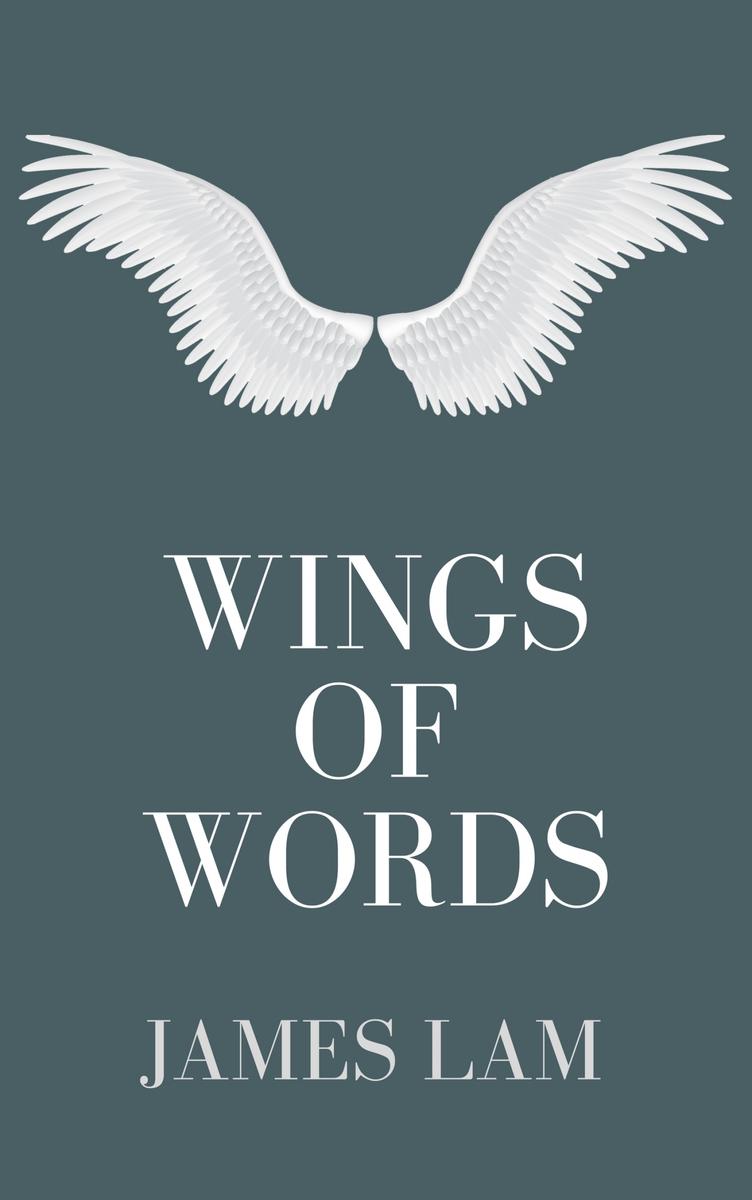
Wings of Words
¥32.62
Wings of Words
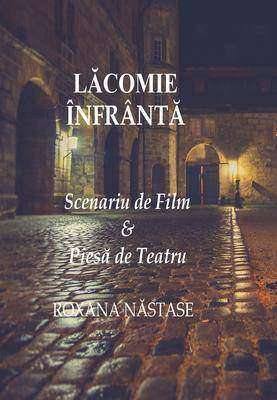
L?comie ?nfr?nt?
¥23.30
L?comie ?nfr?nt?
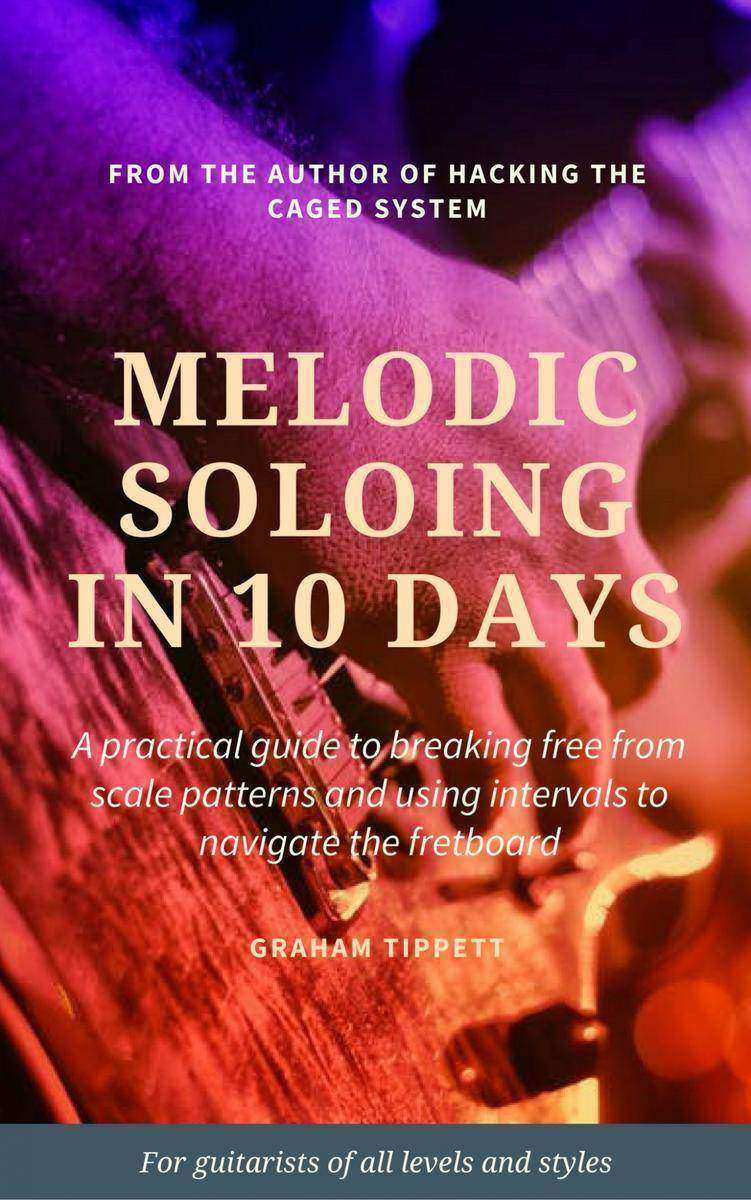
Melodic Soloing in 10 Days
¥32.62
Melodic Soloing in 10 Days




 购物车
购物车 个人中心
个人中心



